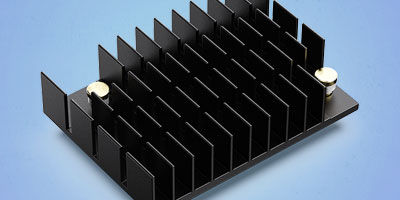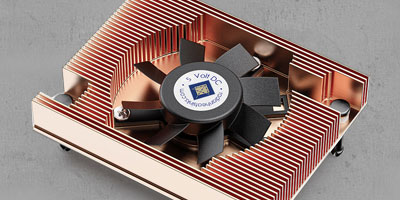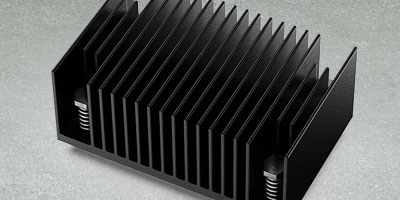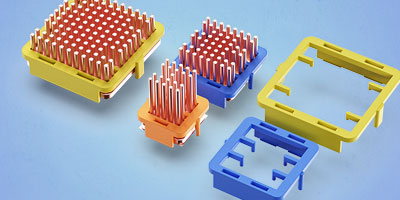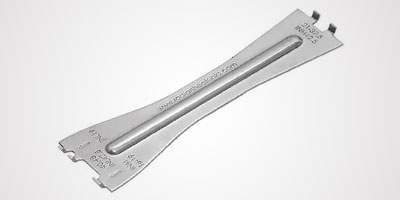The use of a backplate with heatsink is a great way to reduce stress on a bga chip. Backplates are sometimes called a backup plate or bolster plate. Thermal systems engineers know that their designs must not only cool the electronics but must also be mechanically reliable to avoid costly field failures. Today’s high-performance electronic systems tend to employ very high-powered electronic devices that demand sophisticated thermal solutions utilizing high performance such as Radian’s high-performance line of heatsinks that include heat pipes or vapor chambers. In addition, thermal system engineers generally need to include high-performance thermal interface materials (TIMs) at the interface between the heatsink (or cold plate) and the device to get the best thermal performance.
HEATSINK TECHNOLOGY
- Home
- Why use a backplate with…
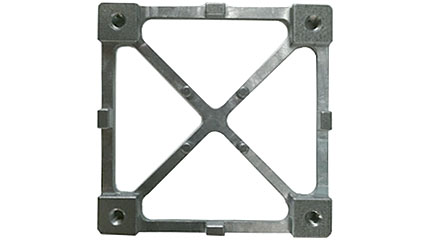
Why use a backplate with a heatsink?
High interface pressures generally create high mechanical stresses. Devices such as BGAs tend to develop high localized stresses in the solder balls resulting from the interface pressure, as well as shock, vibration and transportation loads. A properly-engineered back plate is a key element of a sound designs, as it stiffens and supports the BGA (or other) device and mitigate the localized peak stresses in solder balls that are inevitable in such designs.
Over-stressed solder balls cause numerous problems such as solder ball cracking, PCB pad lifting, and a phenomenon called solder “creep”. “Creep” is a material deformation that occurs when materials – solder in this case – deform over time under a constant load. This is much different than the normal plastic deformations that occur when materials are stressed beyond their yield point. In solder, creep occurs at stress levels that are much lower than the yield point of solder. In arrays of closely spaced solder ball balls, creep will tend to severely distort highly stressed solder balls, which over time can result in shorts as the deformed ball flattens enough to make physical contact with an adjacent ball. This is called “creep induced solder bridging”. Because the creep can occur over long periods of time, the phenomenon is hard to detect and often surfaces when the system has been in the field – sometimes failing months to a year or more after being placed into service.
A well-engineered backplate also increases your systems’ ability to resist damage from shock, vibration and transportation loads.
Radian will manufacture custom back plates for your applications to your print. Our experienced engineering team can also work with your team at any level. Contact us with your questions or to request further information.
